It’s no secret that the Tesla P85D Model S is an absolutely bonkers beast on four wheels; it puts out a combined 691 HP from front- and rear-axle motors, rocketing the nearly 5,000 pound car to 60 mph in something like 3.2 seconds.
But for all our remarks about the Tesla P85D’s power, we have yet to see anything in the way of a torque figure – until now.
YouTube user DragTimes uploaded a video of their Tesla P85D run on a four-wheel-drive Mustang dyno, and the process looked – well, hairy. They had trouble getting the wheels to hook-up with the rollers, and not just spin against them. The video shows several failed attempts to get a reliable dyno run out of the car before they finally roll-on the “throttle” gradually enough to get a good, usable plot.
Wait a minute… Just how usable is the plot that the DragTimes guys produced? Looking at the dyno chart for the car (which can be found at the DragTimes website), they logged a peak horsepower of 413 at the wheels. Assuming a 15 percent driveline loss – which seems unrealistically high for a car with effectively no transmission – that means a combined 486 HP from the Tesla P85D’s two electric motors.
We refuse to believe that Tesla Motors has been so ludicrously optimistic about the total output of the P85D, marking it up by a criminal 42 percent, so what exactly happened here?
It turns out that the Tesla P85D is restricted from the factory, limited to a top speed of 130 mph while the carmaker completes the validation testing necessary to raise that limit. As a result, since power is a derivative of both torque and speed, the motors on the Tesla P85D simply won’t turn fast enough to reach that peak rated horsepower.
Assuming that’s the whole of it, and assuming there were no other hangups in the DragTimes guys’ process, the car’s peak (combined) torque of 864 ft-lbs at the wheels might represent an accurate depiction of the two motors’ churning force – measured at the wheels.
But then, since the electric motors on the Tesla P85D are not at a 1:1 drive ratio with the wheels, that number, too, seems criminally low. Unless it was, in-fact, a computed, theoretical “at-the-flywheel” torque figure, and not measured at the wheels as they’ve said. So after everything, it seems we are still no closer to the truth regarding the Tesla P85D’s (undoubtedly massive) torque output.
Oh, well. C’est la vie.

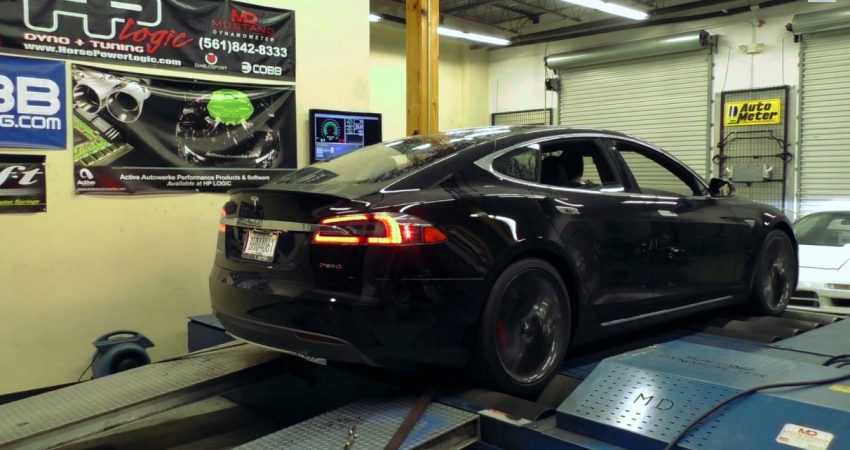
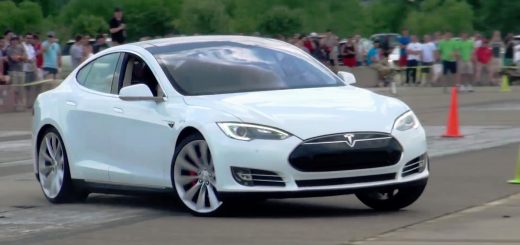
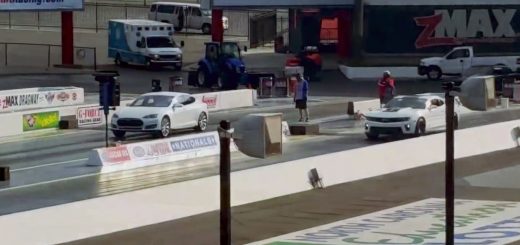
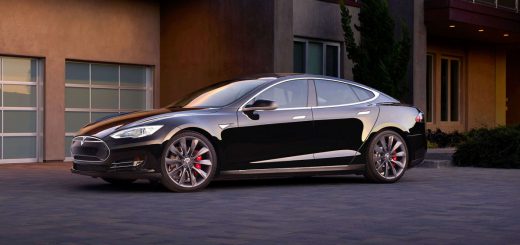
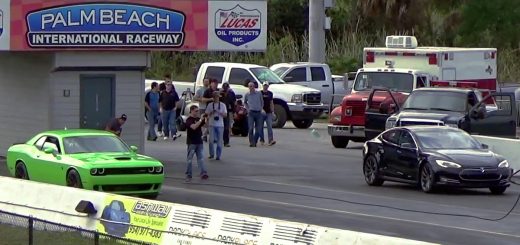
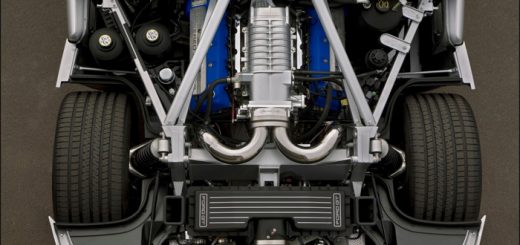
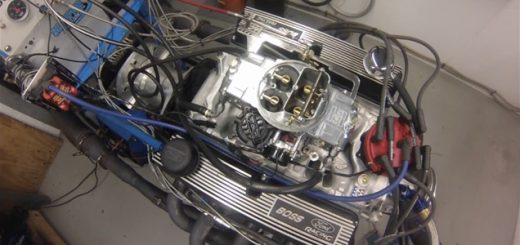






No Comments yet